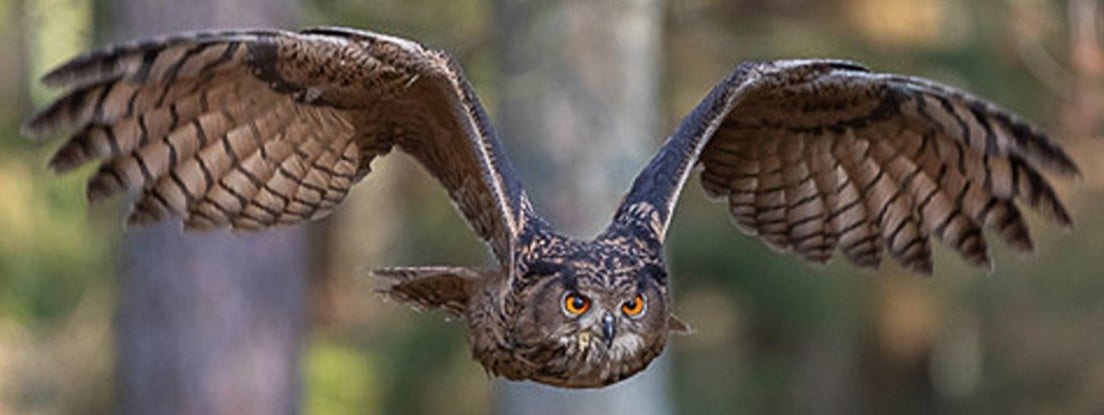Photo by Hayden Wood
Taken in the photographer's shed.
The Morepork seems to be caught in the middle of battle between man and rat. NZ wants to poison the Pacific Rat (kiore), and there have been air drops of massive amounts of poison. The poison does kill huge amounts of the rats, but about 95% of owl pellets have the rats in them, so owls consume the poison rats and die.
On the other hand, NZ had no native terrestrial mammals, since New Zealand was already far off in the ocean before any mammals existed. Due to this, the owls never evolved a defense against rats, so the rats eat a number of baby owls or owl eggs.
The government argues this is still a net benefit for the native wildlife, but as these poisoning efforts seem to not work completely, letting the rat populations bounce back, it seems local animals are killed by the poison and the rats.
The Maori people also do not seem to want the rats killed off. They have cultural importance to them, and it seems they purposely brought them to New Zealand in their boats.
Conservation in New Zealand sounds like a difficult job!
If any locals can add some insight, that would be great. It seems there are many conflicting perspectives on this matter. I know in the US poisoning can be a big issue to our raptors. Even bald eagles succumb to the collected poison in their systems. New Zealand seems extra vulnerable though, due to animals not having a natural defense to these types of animals.
This got a little more intense than I intended, so I'll add some more pics of cute owls in the comments!


I'm lucky enough to have Ruru in my back garden. While I rarely, if ever, see them I do often hear them gently hooting throughout the night, and I love them for that.
I'm way under qualified to comment on the efficacy of the rat poison drops, but my impression is that they are generally seen as a necessary evil in the fight to protect native wildlife. There's definitely a fringe, but vocal, anti 1080 (the most prominent poison used) movement, but that's less rooted in environmental concern and more on conspiracy theories: 1080 activism: Going down the conspiracy 'wormhole'
It is worth noting that poison drops aren't the only tool employed. There's been some massive victories in the Wellington region using trapping to eliminate rats (and other pests such as stoats) from a large area of the capital: Rats, stoats and weasels eliminated from Miramar
There's a good Tom Scott video on the efforts going on to remove rats from the Wellington region: This is "impossible", but New Zealand is trying anyway
I'd be remiss if I didn't also mention Zealandia when talking about the return of native birds to the capital. It's large sanctuary in the city suburbs that's completely surround by a 1.8 - 2.2m (6.2 - 7.2 ') predator exclusion fence. This area allows native birds a space to thrive without rat predation. It's been so successful that threatened birds are growing in numbers and returning to areas outside of the sanctuary - good example being the Kaka (not an owl but still superb) which seem to growing steadily in number in my area.
Nice! I've read about Australia doing the same with endangered animals there too. They seemed to have a cooperative operation going on with the native people there, which sounded great too having them involved.
You guys have so many cool animals. I always thought Madagascar was supposed to have the most unique creatures, but the more you guys are teaching me about NZ and Australia, you guys have a lot of wild stuff!